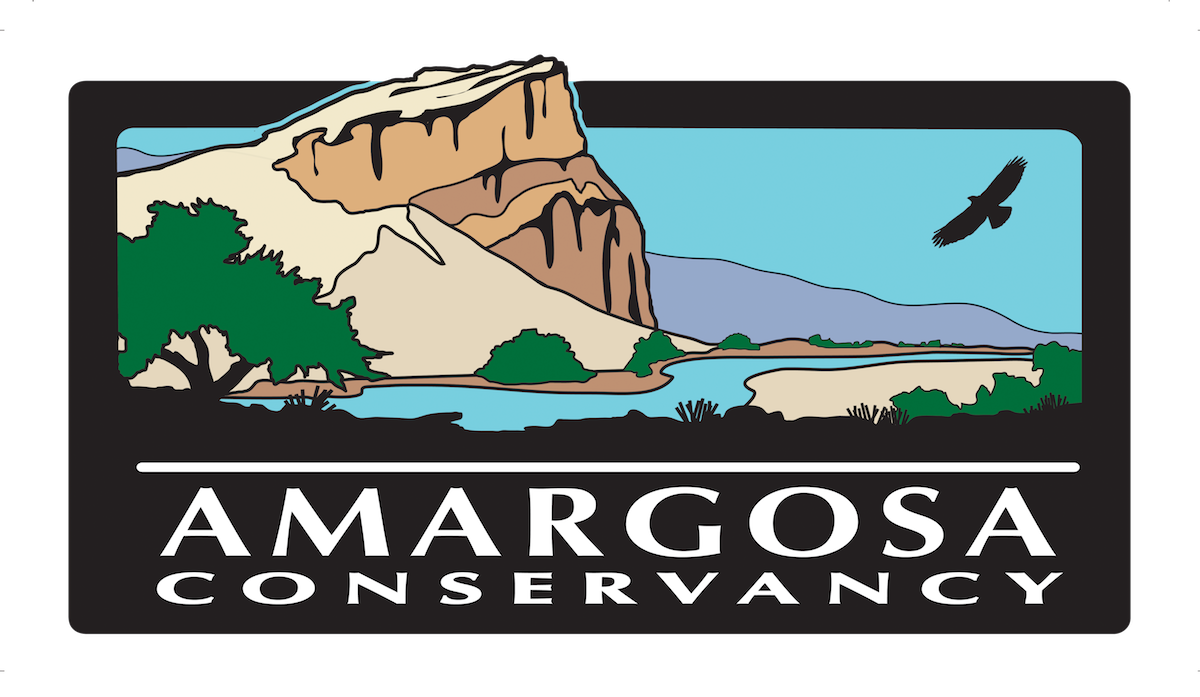Cover Photo: Undisturbed Mojave Desert Lands at the Yellow Pine Solar Project site. photo: Patrick Donnelly
Or, Why Environmentalists in the Desert Oppose [Utility Scale] Solar
Just over the mountains from Tecopa, in the Lower Pahrump Valley, there is a plan to install a 3000 acre solar array in otherwise untouched, old growth desert – an area featuring desert tortoise and Joshua Trees. Nearby is the town of Pahrump, NV, a growing suburb of Las Vegas, connected via Hwy 160 which traverses through plains of dense yucca and creosote. Further vistas featuring several mountain ranges from the Spring Mountains to Kingstons to the Nopahs. The area has been designated by the Bureau of Land Management (BLM) as a desert tortoise relocation habitat. NextEra Energy intends to build the Yellow Pine Solar Project solar array here. The BLM is currently taking comments about the project in order to prepare its Environmental Impact Statement (EIS). (Until August 30, 2018)
With climate change and fossil fuel consumption at the forefront of the list of risks to the health of our planet and our lives, it can be difficult and poorly received to raise concerns showing opposition to solar power. Yet across the desert, we see communities and environmental advocates strongly opposing such projects. Why?
There are few places remaining in the world that have not been subject to changes by humans. Yet there are still vast stretches of desert lands in the SouthWestern United States that have so far remained relatively untouched. These areas support a diversity of life, provide an escape from civilization, and even help counteract climate change. So as desert aficionados, when we see a company coming in and wanting to destroy these untrammeled, pristine and untouched areas, the idea doesn’t go over well. Meanwhile, there are millions of acres of parking lots, rooftops, and other potential sites for solar panels – sites that could produce power where it is needed rather than far away, requiring miles of power lines and associated impacts.
Using untouched public lands to build industrial scale solar power plants destroys, completely, a place that once was home to desert tortoises, horned lizards, and Joshua trees. The creosote bushes that catch sand in their bases and form sheltered “nurseries” for other plants to grow or snakes to take shelter are forever gone. We lose access to these places – no camping under the desert stars or watching a distant monsoon thunderstorm light up the sky. No driving back roads or hiking to that hidden spring. These places are gone for the rest of our lifetimes. Even summiting the nearby peaks, we will no longer look down upon unbroken alluvial fans and wandering washes. They will be under pavement, plowed flat, and reflecting back at us with a huge glare. This glare tricks migrating birds into thinking the solar fields are water. Many waterfowl are not able to take flight again without water from which to start their flights.
Meanwhile, our urban centers, where the power is needed, are heat sinks – stuck in a cycle where the warmer it gets, the more we turn up our air conditioners, spewing more hot air into the streets. In the US, we lose 5-6% of power generated between the power plant and where it gets used in homes and stores.
On the other hand, there are significant engineering, maintenance, and other hurdles to address before we can see a significant change in the way solar power works its way into being a primary power source for our country. So when you write your representatives or talk to your friends about not supporting solar on undisturbed desert lands, make sure you include the part about what to do. We need policies that will encourage utility companies to find solutions that advance dispersed solar. We need a system to sell rooftop space to utility companies for installing solar arrays. We need better energy storage systems – solutions that don’t require large and destructive heavy-metal mines. We need qualified engineers and an educational system that will produce them.
Energy is complicated. There is no clear and easy path forward. But there are many alternatives to destroying prime desert lands that have so far escaped the abuse of a heavy human hand.
To submit your comments about the Yellow Pine Solar Project, email toblm_nv_sndo_yellowpine@blm.gov or mail to BLM, Southern Nevada District, Field Manager, 4701 N. Torrey Pines Drive, Las Vegas, NV, 89130. The deadline for comments is August 30, 2018.
On Yellow Pine:
BLM Planning Site for Yellow Pine Solar Project
News Article about Yellow Pine Solar Project
On Solar and Electric:
Yale University Blog Post: Utilities Grapple with Rooftop Solar and the New Energy Landscape
In depth report from MIT Energy regarding the future of Solar
